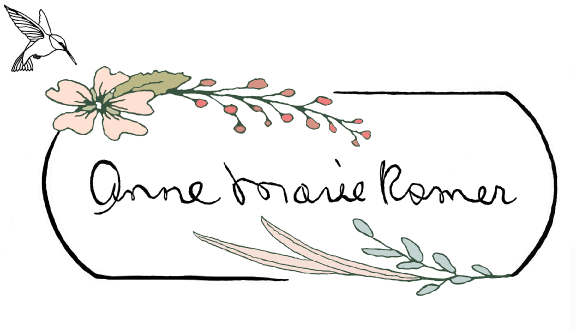The Wall That Heals
Last week, I had the privilege of visiting the The Wall That Heals, the three-quarter scale traveling replica of the Vietnam Veterans Memorial that resides in Washington, D.C. Like the original Vietnam Memorial, The Wall That Heals is a chevron-shaped design engraved with over 58,000 names of those who died serving our country during the Vietnam War. The visiting exhibit came to Centerville through the support of the Washington-Centerville Public Library, and spanned the field of Yankee Park. The entire space had an aura that felt like a magnetic field.
My first visit to the Memorial was in the midst of a hectic day. This particular afternoon, the grass was wet following a torrential downpour of rain. As I made my way through the saturated ground, my small-world-pointless-to-do list was stilled by the atmosphere that overcame me. I began my walk at one end of the v-shaped structure and willed myself to be cognizant to each etching. Every name represented a person who died. The Wall is dramatic in its ascent, and then it fades in height so that the whole experience brings you full circle from beginning to end; without resolution.
There were flowers, laminated photographs and hand written messages along the way. Photos of young men in their uniforms exuded pride. There was even a photo of a Navy nurse in her white starched cap with a smile of such promise. I could only assume their lives were lost on some battlefield somewhere in Vietnam.
Every war is complicated. I remember the Vietnam war, however, and the visuals and sensory experiences depicted through television. The images were awful, and painful, and stripped the glamorous fantasies of war from our uninformed minds. I remember my brother, Pat, who had a number for the draft and my mother’s prayer that he not be called. The Vietnam war, at least for me, made even more personal the pain of war.
Such awareness of the trauma for our combat service people as a whole makes respect for those who served even more sacred. Weeping for lost innocence and hard truths bubbled up as I walked the path with those who served our country; yet I know nothing about what they experienced or sacrificed. I couldn’t help but think about veterans who survived combat duty in foreign lands, and what they will always carry tucked in the corners of their harrowing memories. I guess that’s why we need Memorials such as The Wall That Heals to help bring to awareness the intimate realities of war. Pausing for a moment in deep respect helps to connect all of who’ve not served to all we do not know.
The next day, I went back to the Memorial just before dusk. As the sun began to set, a young man with his bugle walked to the center of the Memorial and bowed his head. Then, he turned and faced those whose presence quieted. He raised the bugle to his lips, and that familiar tune of honor emerged from his simple horn. “Taps” permeated the calm and healing warm summer air. As I listened with my heart, I hoped the reverence could be heard by those whose lives were lost so that people like me could carry on with pointless to-do lists in ordinary time. The pause between the breaths of the lone bugler communicated sacredness to those of us who had no words.
